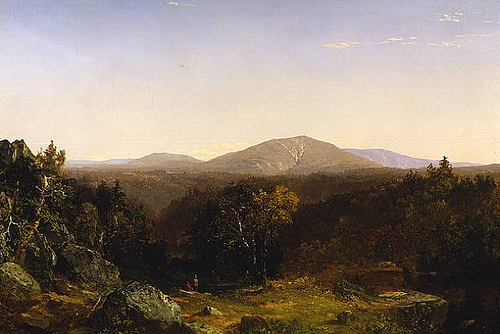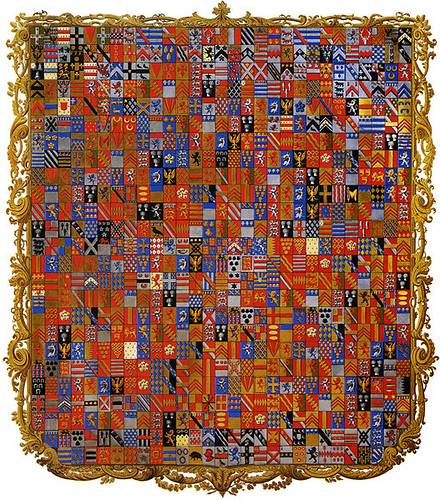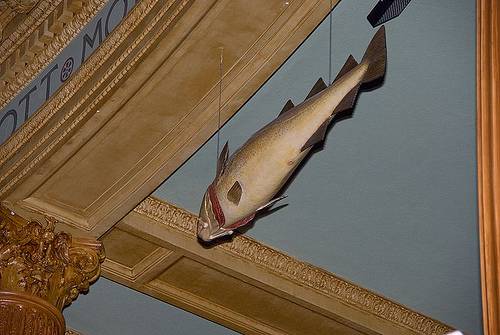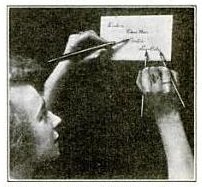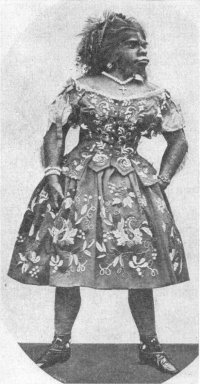
“Everything has its beauty,” wrote Confucius, “but not everyone sees it.”
Born in 1834 to a Mexican Indian mother, Julia Pastrana spoke three languages, had excellent taste in music, and gave charitably to deserving institutions. But the world would not see beyond her hypertrichosis, which covered her face and body with straight black hair, and her showman husband paraded her around the world as “The Bearded and Hairy Lady.”
“I well recollect seeing and speaking to this poor Julia Pastrana when in life,” wrote Francis Buckland in Curiosities of Natural History. “She was about four feet six inches in height; her eyes were deep black, and somewhat prominent, and their lids had long, thick eyelashes: her features were simply hideous on account of the profusion of hair growing on her forehead, and her black beard; but her figure was exceedingly good and graceful, and her tiny foot and well-turned ankle, bien chaussé, perfection itself.”
She died bearing a child at 26, and her mummy continues to tour the world — ironically, an object of more enduring fascination than the beauties of its day.

